Development of Social Media (SM) is a relatively new phenomenon. Between 2004 and 2014, all 22 of the world’s biggest Social Media (SM) networks were developed and launched. The Facebook was the first to be started on February 4, 2004. Rapid global increase in mobile telephone usage helped the growth of SM. SM can be fun, exciting, entertaining and useful for maintaining relationships. For marketing, managing their public image, connect with customers and solicit ideas and feedback people can use social media websites for professional reasons. SM can be used to issue warnings for cyclones, floods or other disasters. Home bound people who are ill, stay-at-home parents, or retired use social media to stay connected.
SM can also be used for political polarization and radicalization. SM is being used by both state and non state actors to further their own interests.SM has been utilized to recruit terrorists, organize revolutions and riots, encourage attacks, collect funds, glorify gangs and spread violence. Terrorist organizations like al-Qaeda and the Islamic State exploit the social media to radicalize, recruit and deploy young people in service of their terrorist causes. The 2011 Arab Spring and 2011 London riots have shown how social media can impact matters of national security. A recent Oxford University study found evidence of disinformation campaigns run by state actors in more than 70 countries around the world. Most of these countries are authoritarian regimes that use SM to threaten activists and journalists with hate and violence, spread pro-government propaganda and drown out opposing voices.
Today 62 percent of US adults get news on social media. While traditional media has lost credibility with readers, internet sources of news have actually gained in credibility. News business change with buzz feed. The majority of readers spend most of their reading time scanning headlines rather than reading the story. Headline and not the story has become the single most important element of the news.
The emergence of social bots, artificial intelligence and computational propaganda will soon enable highly persuasive machine generated communications. Artificial Intelligence creates hyper realistic false narratives online. An automated system uses the mass of online data to infer your personality and interests, religious affiliation, political preferences and demographic data. It knows which social media platforms and news websites you visit. The system dynamically creates content specifically designed for your specific psychological frame and achieve a particular outcome. Digital tools have terrific advantages over humans. Once an organization creates and configures a sophisticated AI bot, the marginal cost of running it on millions of user accounts is relatively low. They can operate 24/7 throughout the year and respond to events immediately. In an information environment where the first story to circulate may be the only one that people register, even if it is untrue, this is critical.
The rapid growth of SM platforms has given non state actors an asymmetric advantage because of the low cost of entry and the relative operational agility with which they can access and utilize new technologies. SM will make a significant impact in any future conflict. In 2012 during the Air campaign by Israel against Hamas militants ten million twitter messages in eight days where exchanged by online proxies of both sides to shape public opinion. It was the first twitter war.
For information operations old methods of incorporating messages into newspapers and radio broadcasts have to be complimented by online methods to reach the widest targeted audience. To effectively shape the information environment during modern military operations this paradigm shift has to be recognized. Headquarters at each echelon must understand how to establish credibility and gain popularity through social media.
Lt Gen SRR Aiyenger, PVSM, AVSM, VSM (Retd), had been the Indian Army’s foremost expert in Electronic Warfare and Signals Intelligence during his service. He was instrumental in introducing the concept of Information Warfare into the Army. He is the only officer who have been Commandant of three prestigious Category ‘A’ establishment viz Military College of Telecommunication Engineering (MCTE), Mhow, Defence Services Staff College (DSSC), Wellington and the National Defence College (NDC), New Delhi.
The General analysed the issues of SM in great details in this book and very succinctly puts forward his views in clear concise form, his forte. After retirement he had been keenly following the contemporary issues which affect warfare. His book on “Military Ethics” has been a path breaker in Indian modern military writing.
The book is divided into an acknowledgments section, introduction, ten chapters, conclusion, bibliography and an index. Each chapter explains various facets of SM and its impact on specific issues of contemporary war/conflict.
The first chapter pertains to Role of Media in Contemporary War. Information is being used to assert one’s narrative while attacking, distorting, disrupting and dividing the society, values and culture of the adversary. By using social media, a nation state can win the war before it begins.
The second and third chapter address the Social Media (SM) and its overpowering Influence and SM as an Instrument of War and Power.
The fourth and fifth chapters focus on the Impact of SM on Military and its Fallouts and Internal Security Threats to India and Role of SM. This chapter is extremely important for anybody who is dealing with internal security. Especially important is his views on influence of SM in combating insurgencies in J&K, North East and Left Wing Extremism.
The sixth and seventh chapters discuss the SM Instrument of Perception Management and SM and Psychological Warfare. With advancements in technology information and psychological warfare has moved away from conventional space to cyber space. SM platforms have become weapon of choice for nation state actors in defining mass narrative on an issue. It is also being used to change audience behaviour and views.
The National Security policy should elucidate certain difficult issues relating to social media usage, specially its use in Deception, Psychological Operations (PSYOPS) and Perception Management. The author has explained role of SM in perception management, Psychological Operation, and Cyber Warfare and their interplay. The difference between Psychological Warfare and Perception Management could have been explained. As per the reviewer you do not carry out Psychological Operations against your own citizens. It is meant for the adversary countries. Perception Management is done for your own misguided citizens within the country.
The eighth chapter discusses the use of SM and Cyber Warfare. Cyberspace presents new challenges and requires dramatic changes in strategic thinking regarding national security and Counter Insurgency and Counter Terrorism (CI/CT) operations. Strategic thinkers have to look ahead to future developments and emerging social media for effective CI/CT operations.
Social media platforms can serve as a new tool of collection and dissemination for these activities. Through the skillful use of social media, information operators may attempt to, recruit supporters and financiers, distort public discourse or affect political or military outcomes. These activities can be done without significant cost or risk to their organizers.
The ninth chapters chronicle SM and the Military. Social media is integral to the conduct of operations. In the real time information environment created by social media, operational commanders at every level will need simultaneous and identical situational awareness of current events. A social media capacity needs to be built into every level of command. In order to integrate social media into operations, each of the staff functions needs continuous access to the Internet. Social media should be integrated in all training exercises. Within headquarters, the responsibility for social media needs to be clearly articulated.
Growth of the Internet and the rise of social media and big data analytics in the past two decades have revolutionized open source intelligence (OSINT). The OSINT aspects have been highlighted. Social Media Intelligence (SOCMINT) defined as “the analytical exploitation of information available on social media networks” could have been elaborated. The real-time, first hand accounts of the ground situation that social media provides constitute an effective indications and warning (I&W) provider for dynamic ground situations where traditional intelligence collection methods are challenged
The tenth chapter is on The Elusive Future of SM – Quo Vadis?
The introduction and conclusion are well developed. SM, a relatively new development in internet and media, and its effects on modern warfare have been analysed in great details and comprehensive deductions have been drawn.
The book is extremely well-written. The SM is having an immense impact on how contemporary warfare is being conducted by authoritarian states, such as Russia and China and radical Islamist terrorist entities, such as Hamas and the Islamic State. How China used SM could have been a welcome add on.
The book is a must read for anybody who is interested in modern conflicts.

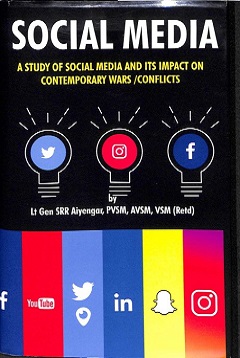



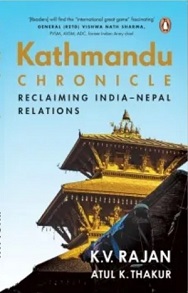

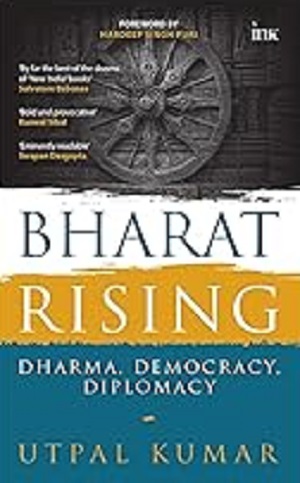

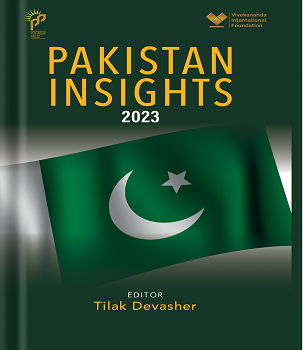
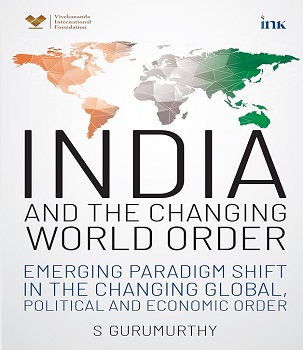
Post new comment